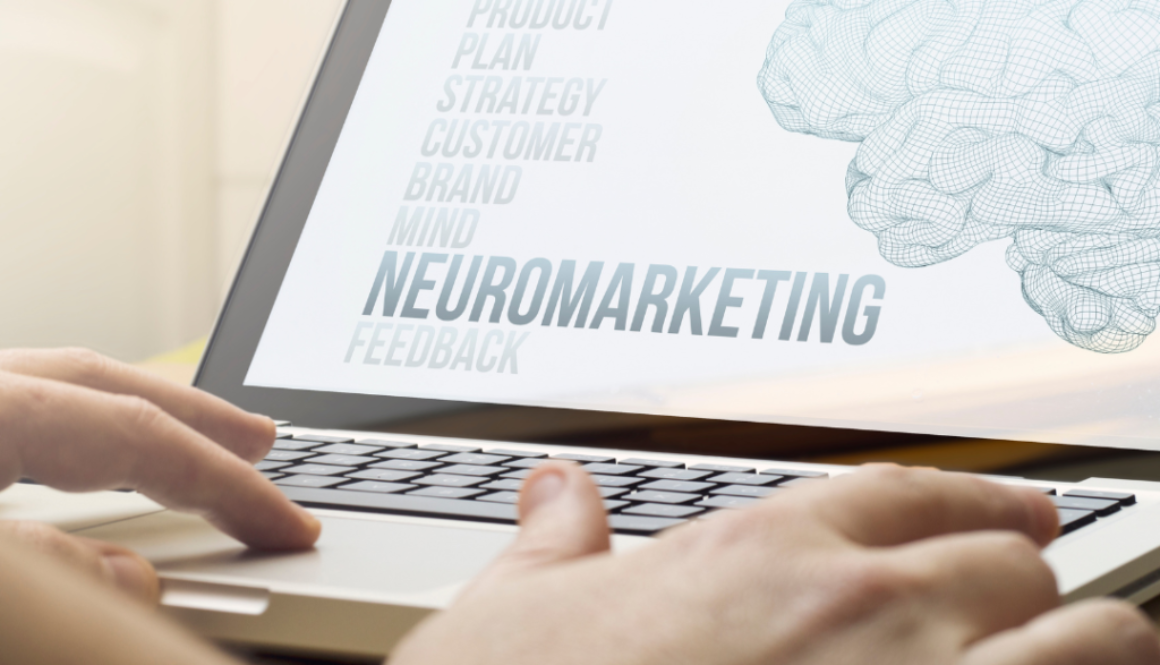Neuromarketing Demystified: How Brands Hack Your Brain (Without You Knowing)
Neuromarketing may sound like something straight out of a sci-fi movie, but it’s a real, scientifically backed strategy that top brands use to influence your decision-making. Ever wonder why you feel an emotional tug toward a certain product? It’s not just by chance—it’s neuromarketing at work. Let’s dive into how brands are subtly “hacking” your brain without you even realizing it.
What is Neuromarketing?
Neuromarketing is a field that merges marketing strategies with neuroscience. By studying how the brain responds to certain stimuli, marketers can design campaigns that better capture attention, evoke emotions, and influence purchasing decisions. Essentially, it’s the art and science of understanding consumer behaviour on a neurological level.
The Science Behind Neuromarketing
Neuromarketing taps into the brain’s subconscious processes, exploring how stimuli like images, sounds, and colours trigger emotional responses. Using sophisticated tools, marketers can observe brain activity and make educated decisions about which marketing techniques will have the most impact.
How Neuromarketing Differs from Traditional Marketing
While traditional marketing relies on surveys and focus groups to gather customer feedback, neuromarketing goes deeper by examining how people really react on a biological level. It bypasses rational thinking and taps directly into the emotional, often subconscious responses of consumers.
The Key Components of Neuromarketing
To truly understand neuromarketing, we need to explore the tools and techniques that make it possible.
Brain Imaging Techniques
fMRI (Functional Magnetic Resonance Imaging)
fMRI measures brain activity by detecting changes in blood flow. This allows marketers to see which parts of the brain are activated when a consumer views an advertisement or interacts with a product.
EEG (Electroencephalography)
EEG measures electrical activity in the brain, providing a snapshot of emotional engagement. It’s often used in neuromarketing to understand how consumers emotionally respond to specific stimuli.
Behavioral Analytics
While brain imaging is one part of the puzzle, neuromarketing also relies heavily on behavioural analytics. By tracking eye movement, facial expressions, and even heart rate, marketers can assess how consumers physically respond to marketing materials.
How Brands Use Neuromarketing Tactics
Visual Appeal and Emotional Triggers
One of the most effective neuromarketing tactics is using visual elements to trigger emotions. Our brains process visual information faster than text, which is why brands invest heavily in eye-catching designs and emotionally charged imagery.
The Power of Color and Imagery
Colours have a direct impact on emotions. For instance, red can evoke excitement or urgency, while blue is calming and trustworthy. By using colour psychology, brands can create powerful emotional connections.
Storytelling in Marketing
Storytelling is a core part of neuromarketing. Our brains are hardwired to respond to stories, which is why brands that tell compelling stories often create more loyal and engaged customers. A good story taps into emotions and fosters a deep connection with the audience.
Sensory Marketing
Neuromarketing doesn’t stop at visuals. Brands also use sensory marketing—appealing to touch, taste, sound, and even smell—to create memorable experiences. Think of the fresh-baked cookie smell in a store or the comforting background music during your shopping experience. These tactics are designed to engage multiple senses and keep you coming back for more.
Real-World Examples of Neuromarketing Success
Coca-Cola: Tapping into Happiness
Coca-Cola is famous for its neuromarketing efforts. By associating the brand with happiness, Coca-Cola has built an emotional connection with its consumers. Their advertisements often feature smiling people, upbeat music, and vibrant colours—all of which trigger positive emotional responses.
Apple: Minimalism and Desire
Apple’s sleek, minimalist designs are not just aesthetically pleasing—they’re designed to trigger desire. The simplicity and elegance of Apple products evoke feelings of aspiration and exclusivity, drawing consumers in with a sense of wanting to be part of the brand’s lifestyle.
Ethical Concerns Around Neuromarketing
As powerful as neuromarketing is, it’s not without controversy. Some argue that using neuroscience to influence consumer behaviour crosses ethical lines.
Manipulation vs. Persuasion
Is neuromarketing manipulating consumers or simply persuading them? This is a hot topic. While persuasion is a natural part of advertising, manipulation implies that consumers are being led to make decisions against their best interests. The fine line between these two concepts is a major ethical consideration.
The Consumer’s Right to Know
Do consumers have a right to know when they’re being influenced by neuromarketing tactics? Transparency is an ongoing debate in the industry. Some believe that brands should disclose their use of neuromarketing, while others argue that it’s just another marketing tool like any other.
The Future of Neuromarketing
Personalized Marketing at Scale
The future of neuromarketing lies in personalization. Imagine receiving advertisements tailored specifically to your brain’s emotional triggers. With the help of AI and advanced analytics, this level of personalization is closer than you think.
AI and Neuromarketing
Artificial intelligence is set to revolutionize neuromarketing. AI can analyze vast amounts of data in real-time, providing brands with insights into consumer behaviour on a level never before possible. The combination of AI and neuromarketing will allow brands to create more personalized, engaging, and effective marketing campaigns.
Conclusion
Neuromarketing is changing the way brands communicate with consumers. By tapping into the brain’s subconscious, brands can create powerful emotional connections that influence our decisions without us even realizing it. As the field continues to evolve, it’s crucial for consumers and marketers alike to understand the implications—both good and bad.
FAQs
1. What is neuromarketing?
Neuromarketing is a strategy that combines neuroscience with marketing to understand how consumers’ brains respond to marketing stimuli.
2. How do brands use neuromarketing?
Brands use neuromarketing to design campaigns that evoke emotional responses, influence purchasing decisions, and enhance customer engagement.
3. Are there ethical concerns with neuromarketing?
Yes, ethical concerns revolve around whether neuromarketing manipulates consumers or simply persuades them.
4. What are some neuromarketing techniques?
Neuromarketing techniques include brain imaging (fMRI, EEG), eye-tracking, facial expression analysis, and sensory marketing.
5. Will AI play a role in the future of neuromarketing?
Absolutely. AI will help brands analyze consumer behaviour more accurately and enable highly personalized marketing strategies.
